What Is UPF Clothing and Why It Matters
Curious about clothing that blocks 98% of harmful UV rays without reapplication like sunscreen requires?
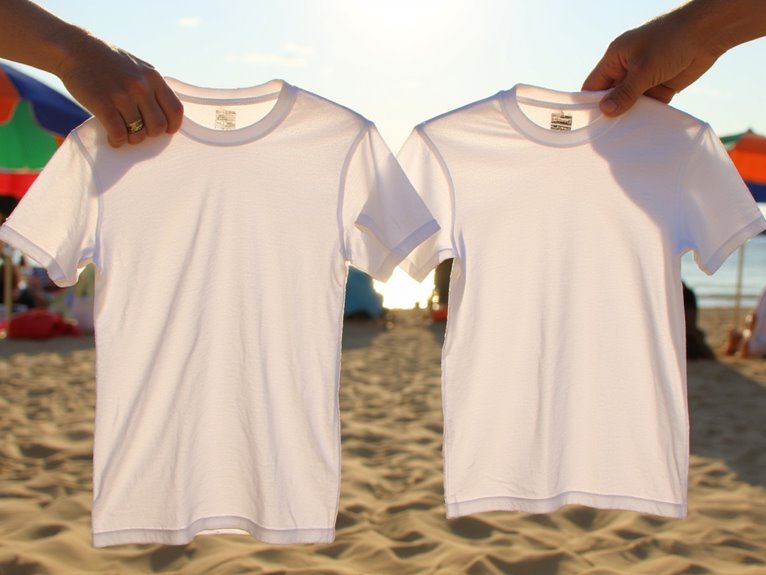
Curious about clothing that blocks 98% of harmful UV rays without reapplication like sunscreen requires?
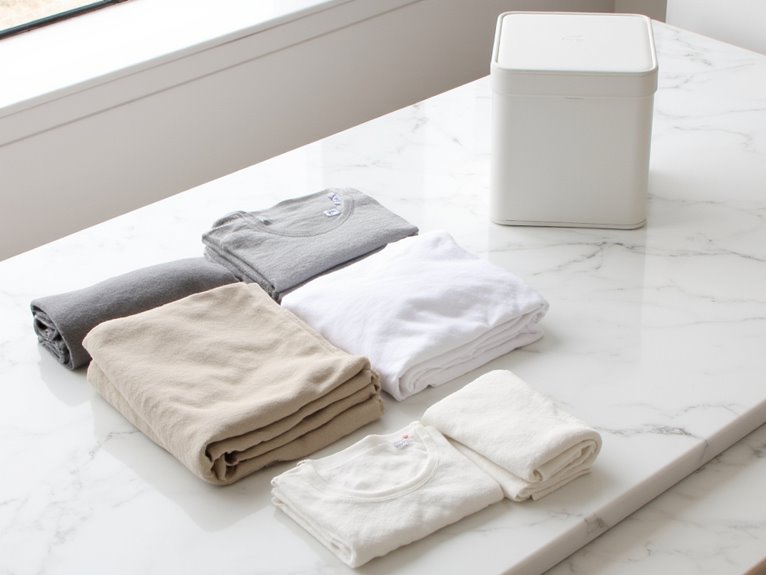
How many pairs of underwear do you really need for a week-long trip when you know these space-saving packing secrets?
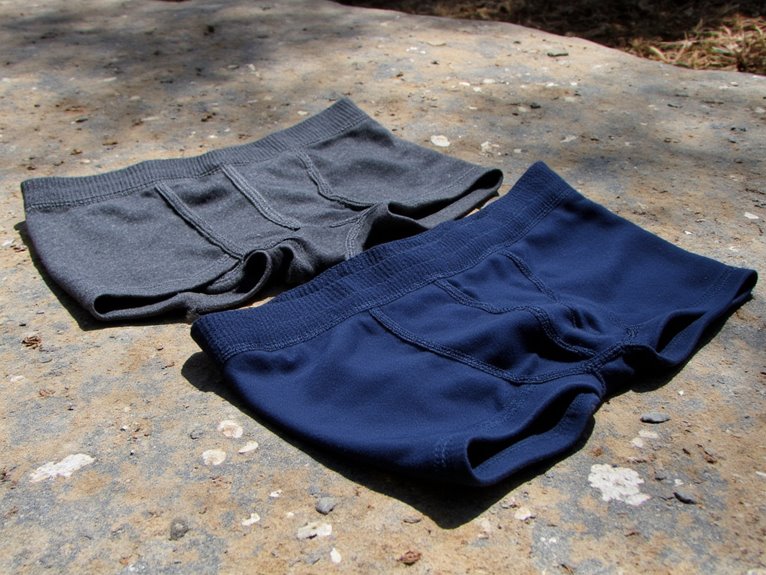
Find out which fabric keeps you comfortable for days on the trail—the surprising winner might change your entire packing strategy.
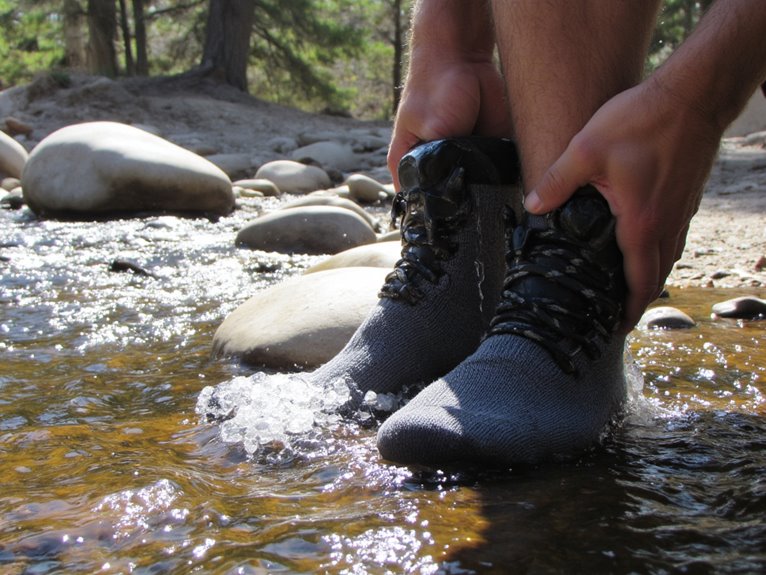
How long can you actually wear the same socks without compromising foot health or social acceptability?
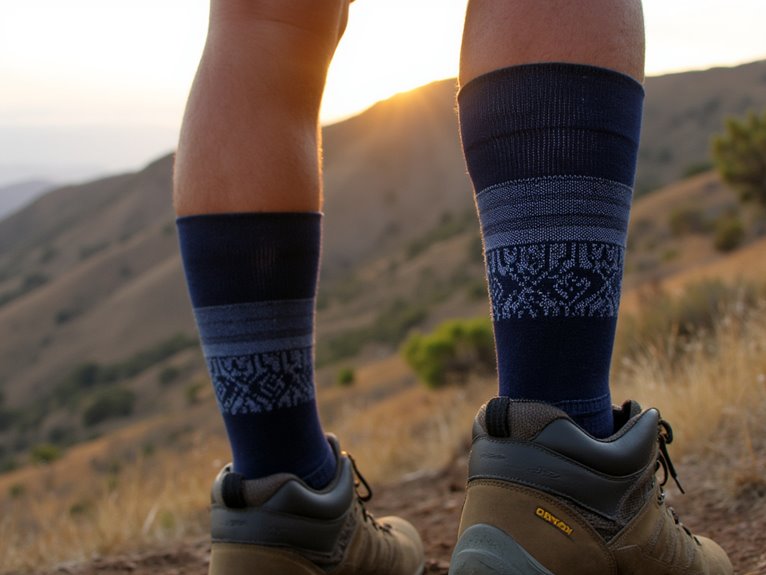
Optimize your hiking endurance with compression socks’ graduated pressure technology that boosts blood flow by 40-60% through scientific principles you need to understand.
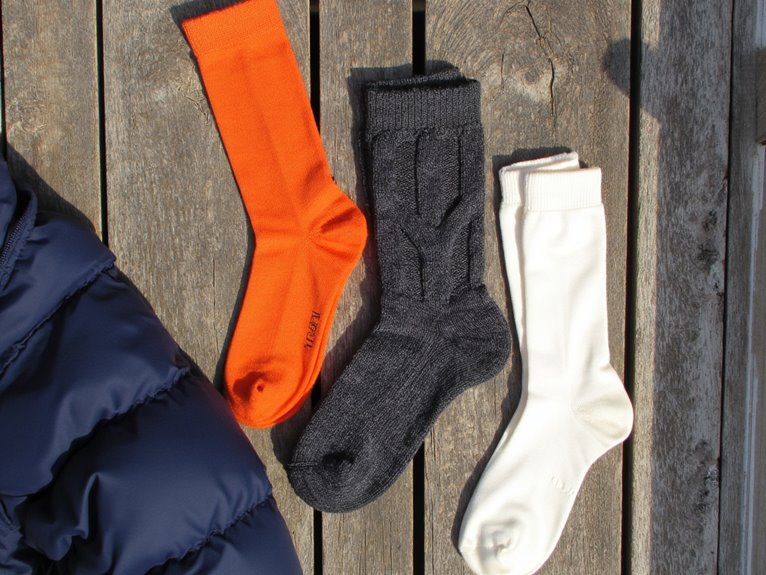
Master the art of selecting wool versus synthetic hiking socks and layering techniques that prevent frostbite and transform your winter adventures.

Breakthrough antimicrobial headwear technologies using silver ions and advanced coatings achieve 98-100% bacterial reduction, but the maintenance secrets remain.

Discover how UPF ratings and strategic brim designs create an invisible shield against UV damage that most people never realize they need.
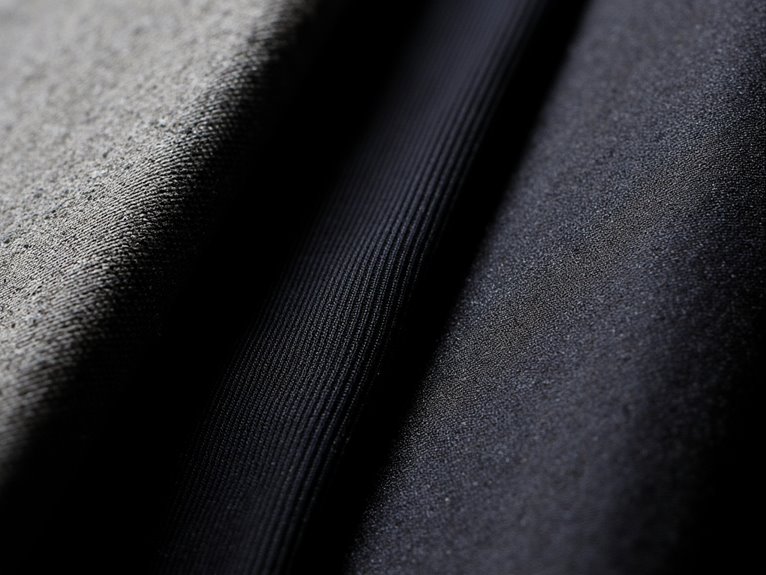
Superior fabric technologies including ripstop construction, four-way stretch, and abrasion resistance testing create performance gear that transforms how textiles endure extreme conditions.
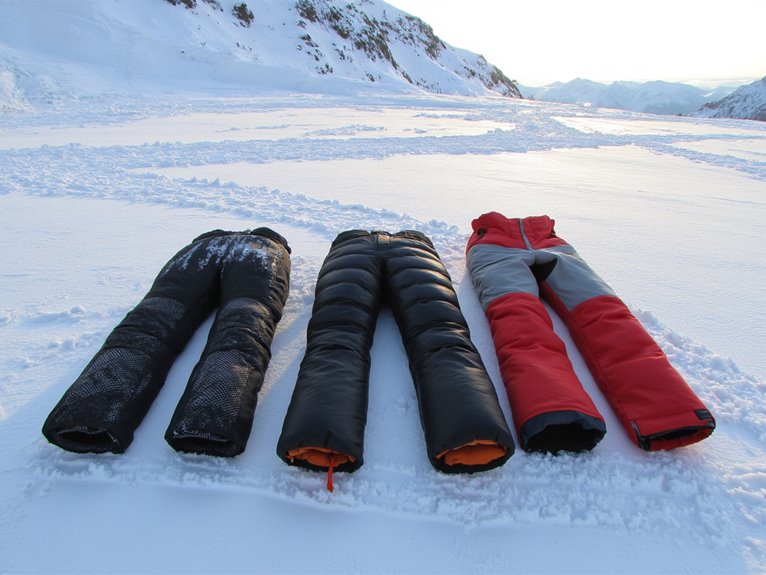
Stay warm all winter with expert insights on insulation types and strategic layering techniques that could revolutionize your cold-weather comfort.